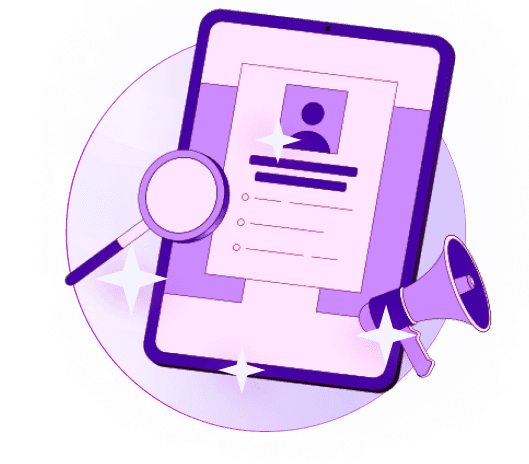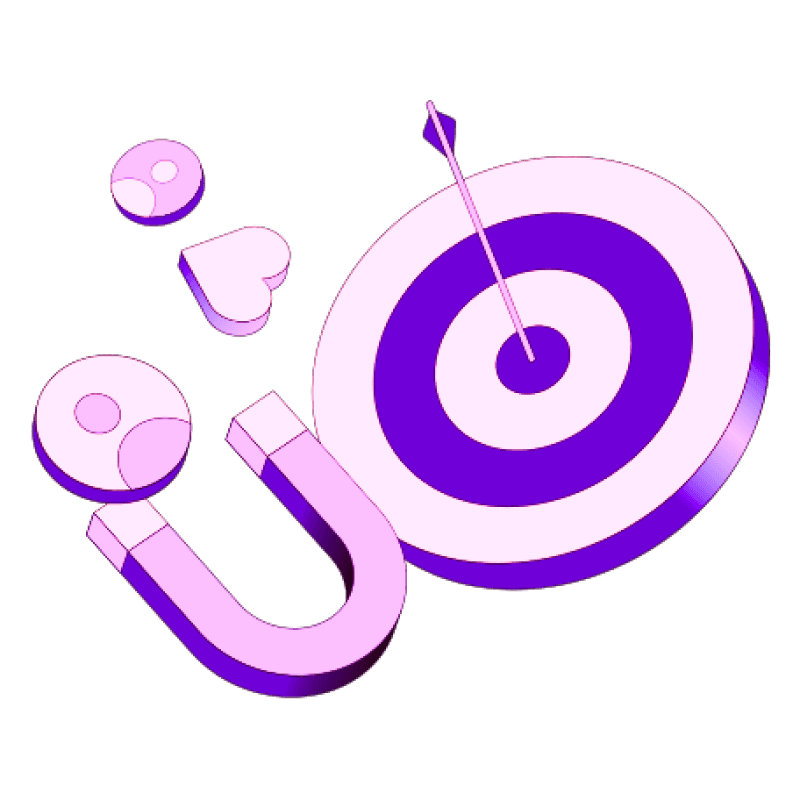Blogs
Articles

Maximizing Sales with Automated Email Capabilities
Leveraging the power of automation in email marketing has emerged as a pivotal tool for driving revenue growth and fostering lasting customer relationships. By harnessing the capabilities of automated email workflows, organizations can deliver targeted and personalized messages to their audience, leading to increased conversions and enhanced customer engagement. This approach streamlines communication processes, allowing businesses to focus on nurturing leads and providing value to their clientele.
Join us as we explore the transformative impact of automation in driving sales performance and establishing meaningful connections with customers.
Strategies for Leveraging Automated Email Capabilities
Leveraging automated email capabilities has become a crucial aspect of any successful marketing strategy. Email marketing automation not only saves time and resources but also allows for personalized and targeted communication with customers. In this blog section, we will discuss three key strategies for maximizing the potential of automated email campaigns.
Segmentation and Personalization
Segmentation and personalization are the dynamic duo of email marketing. By segmenting your email list into specific categories based on demographics, purchase history, or engagement levels, you can deliver personalized content that resonates with each group. Personalization takes it a step further by addressing recipients by name and tailoring content to their preferences. This targeted approach boosts open rates, click-through rates, and ultimately, conversion rates, leading to a more significant impact on your email marketing campaigns.
Creating Engaging Content
The heartbeat of any successful automated email campaign lies in the quality of the content. To captivate recipients and drive interactions, it's vital to create engaging and valuable content. This can range from informative articles and promotional offers to interactive elements and personalized recommendations. By providing content that speaks to your audience, you can foster trust, loyalty, and brand awareness, resulting in lasting customer relationships.
Automation Workflow
Automation workflow is the backbone of efficient email marketing. It involves a series of actions and triggers that determine when emails are sent based on predefined conditions. A well-designed automation workflow ensures that the right message reaches the right person at the right time. Whether it's welcoming new subscribers, reminding of abandoned carts, or re-engaging inactive subscribers, a well-structured workflow enhances the customer experience and drives conversions.
Leveraging automated email capabilities empowers businesses to streamline their marketing efforts and deliver targeted, personalized, and engaging content to their audience. By implementing segmentation, personalization, creating compelling content, and mastering automation workflows, businesses can elevate their email marketing strategies to new heights, fostering growth and success. Stay tuned for more insights on optimizing email marketing strategies for business growth and staying ahead in the competitive digital landscape.
Benefits of Automated Email Capabilities
Businesses are constantly seeking ways to streamline their processes and enhance their customer interactions. One powerful tool that has revolutionized the way companies communicate with their customers is automated email capabilities. By leveraging automated email systems, businesses can experience a wide range of benefits that can positively impact their operations and bottom line.
Increased Efficiency
Automated email capabilities allow businesses to set up predefined email campaigns that are triggered by specific customer actions or events. This eliminates the need for manual intervention, saving time and resources while ensuring timely communication with customers. By automating routine tasks such as sending welcome emails, order confirmations, or follow-up messages, businesses can free up their staff to focus on more strategic initiatives.
Improved Customer Engagement
Personalized and timely communication is key to fostering strong relationships with customers. Automated email capabilities enable businesses to segment their customer base and send targeted messages based on customer preferences, behaviors, or purchase history. By delivering relevant content to the right audience at the right time, businesses can enhance customer engagement and build brand loyalty.
Enhanced Sales Conversion Rates
One of the most significant benefits of automated email capabilities is their ability to drive sales and revenue. By sending automated emails that are tailored to specific customer segments or stages of the sales funnel, businesses can nurture leads, promote products or services, and encourage repeat purchases. The data-driven insights provided by automated email systems also allow businesses to track the performance of their email campaigns and optimize their strategies for improved sales conversion rates.
The benefits of automated email capabilities are undeniable. From increasing efficiency and improving customer engagement to enhancing sales conversion rates, automated email systems offer a cost-effective and scalable solution for businesses looking to boost their marketing efforts and drive growth.
Tips for Successful Implementation
Successful implementation of automation has become a necessity rather than a luxury. Organizations across various industries are increasingly turning to automation to streamline processes, boost efficiency, and drive growth. However, the key to reaping the full benefits of automation lies in the meticulous planning and execution of the implementation process. Here are some essential tips to ensure a successful automation implementation:.
Choosing the Right Automation Platform
Selecting the appropriate automation platform is the foundational step towards a successful implementation. It is essential to conduct a thorough evaluation of available platforms to identify the one that best aligns with the organization's objectives and operational requirements. Factors such as scalability, compatibility with existing systems, ease of integration, and vendor support should all be taken into consideration.
Monitoring and Analyzing Performance
Once the automation system is up and running, the journey towards success does not end there. Continuous monitoring and analysis of the system's performance are vital to ensure that it is delivering the expected outcomes. By closely tracking key performance indicators (KPIs) and metrics, organizations can pinpoint areas of improvement, optimize processes, and address any potential bottlenecks in the automation workflow.
Continuous Optimization
Automation is an iterative process that demands ongoing optimization to remain effective and efficient. Regularly reviewing and refining automation processes is crucial to adapt to changing business requirements and technological advancements. Incorporating feedback from end-users and stakeholders can provide valuable insights for enhancing automation workflows and maximizing productivity.
Employee Training and Change Management
One critical aspect often overlooked in automation implementation is employee training and change management. Employees need to be educated about the new processes, tools, and systems to ensure a smooth transition. Offering training programs, workshops, and resources can help employees embrace automation with confidence, reducing resistance and enhancing overall adoption rates.
Data Security and Compliance
Ensuring data security and compliance is paramount in any automation implementation. Organizations must implement robust security measures to protect sensitive data and comply with industry regulations. Encryption, access controls, regular audits, and compliance checks are essential components of a secure automation environment.
Collaboration and Communication
Effective collaboration and communication are key drivers of successful automation implementation. Encouraging cross-functional teams to work together, fostering open communication channels, and promoting a culture of collaboration can break down silos and facilitate the smooth integration of automation across departments.
Successful automation implementation is a multifaceted endeavor that requires careful planning, strategic decision-making, and a commitment to continuous improvement. By following these tips and embracing automation as a strategic enabler, organizations can unlock new levels of operational efficiency, agility, and competitiveness in today's digital landscape.
Conclusion
Incorporating automated email capabilities is a powerful tool for maximizing sales potential. By leveraging technology to personalize and streamline communication with customers, businesses can drive engagement, build relationships, and ultimately increase sales conversion rates. Embracing automation not only saves time and resources but also allows for targeted marketing strategies that resonate with customers on a more individual level.
As the digital landscape continues to evolve, the adoption of automated email capabilities will be essential for businesses looking to stay competitive and drive revenue growth.

Create Your Free Persana Account Today
Join 5000+ GTM leaders who are using Persana for their outbound needs.
How Persana increases your sales results
One of the most effective ways to ensure sales cycle consistency is by using AI-driven automation. A solution like Persana, and its AI SDR - Nia, helps you streamline significant parts of your sales process, including prospecting, outreach personalization, and follow-up.



